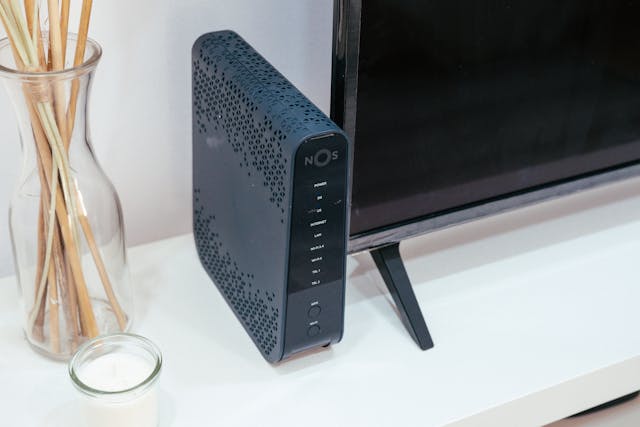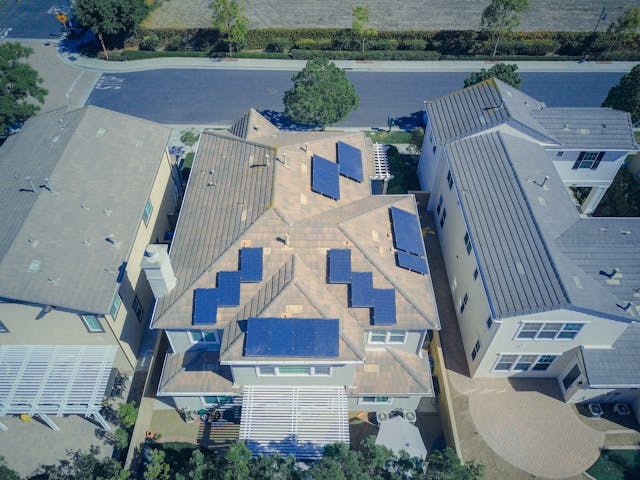Key Takeaways
- Learn how to maximize your internet speed with minimal fuss.
- Discover the best placement and tools for improving connectivity.
- Obtain valuable techniques to enhance your home network.
Und standing Your Internet Needs
The first step in enhancing your internet is accurately assessing your network’s demands. Every household has different requirements based on the devices in use, the number of users, and the nature of their internet activities. Consider the number of active devices—such as smartphones, tablets, smart TVs, and computers—competing for bandwidth. Maintaining a robust and efficient internet connection in today’s digital age is more vital than ever. The increased reliance on internet-driven activities has made seamless connectivity necessary in every household. Whether for streaming films, participating in online meetings, or simply browsing, having a reliable setup can transform your digital experience. A vital aspect of this is understanding tools like the g4se antenna, designed to enhance connectivity significantly in modern households. Additionally, assessing online gaming, video conferencing, and streaming high-definition videos requires more significant data loads. You can make informed equipment choices by pinpointing these requirements, ensuring every corner of your household stays connected without lag or interruptions.
Choosing the Right Modem and Router
Investing in the right gear is imperative for a seamless online experience. Routers and modems act as the backbone of your network, facilitating data exchange between your home devices and the internet. Select models that support dual-band—or even tri-band frequencies—to provide faster speeds and handle a broader range of devices without conges. Higher-end models often provide advanced management tools and safeguards, such as parental controls and network diagnostics, offering better performance and security. Look for devices with favorable reviews known for their longevity and reliability, so you won’t need to replace or upgrade frequently.
Optimal Placement for Maximum Connectivity
The position of your router can drastically affect your Wi-Fi coverage. Think of your router as the heart of your network; like any heartbeat, it should be central. Place your router as centrally as possible within your dwelling, ideally in an open area away from thick walls and metal appliances that can improve signal strength. Elevating your router, such as mounting it on the wall or placing it on a shelf, can often provide more consistent signal coverage across multi-story homes. Avoid placing routers in confined spaces, like cabinets, as these can trap signals and result in poor coverage.
Enhancing Wi-Fi Signals with Antennas
Using external antennas can significantly improve Wi-Fi signal strength. The design of the space and the materials used in its construction can create barriers that affect performance. Thus, an external antenna can counteract these issues. If you’re considering upgrading, the g4se antenna offers advanced capabilities for boosting connectivity and ensuring a smoother online experience in challenging environments.
Dealing with Common Obstacles and Interference
Daily items such as Bluetooth devices, cordless phones, and baby monitors can disrupt Wi-Fi signals. Many people are unaware of how these devices operate on similar frequencies, causing conflicts that can slow down or disrupt the signal. You can enhance your network’s performance by identifying and mitigating these obstructions—such as turning off unused devices or switching to less crowded channels on your router.
The Role of Wired Connections
A wired connection can be incredibly beneficial for activities requiring significant bandwidth, such as gaming or HD streaming. Ethernet cables offer incredible speed, stability, and less latency than wireless connections, making them ideal for stationary desktops or gaming consoles. Knowing when to use these connections, especially in a setup that demands high fidelity with no interruptions, can optimize your overall experience. This strategy not only offloads stress from your Wi-Fi network but also gives priority bandwidth to devices that require more data, ensuring smoother operations for other wireless devices connected simultaneously.
Staying Secure: Protecting Your Network
Security should always stay on track when setting up your home internet. Keeping your network secure is crucial to prevent unauthorized access and data breaches. Regularly update your routers’ firmware to address vulnerabilities and improve performance. Think about utilizing a firewall for an additional level of security. Basic steps such as changing passwords from default settings, creating guest networks, and controlling access help protect your network from external threats. Keeping up-to-date on the most recent security risks and implementing modern procedures guarantees peace of mind with the increasing number of smart devices linked to your household.
Future-Proofing Your Home Internet
Future-proofing your home network is essential to guarantee a smooth experience as new technologies arise and internet usage grows. Investing in high-quality equipment prepares your home for upcoming advancements such as Wi-Fi 6 or 5G connectivity. Keeping an eye on emerging technologies, attending to regular updates, and being open to early adoption of robust devices can maintain and even enhance your connectivity. This proactive strategy guarantees that your network is not only prepared to meet the increasing needs of modern digital living but is also prepared for any challenges that may arise in the future.
By implementing these tactics, your household will be prepared to face any challenges the online world presents, providing dependable internet service customized to meet your requirements.




